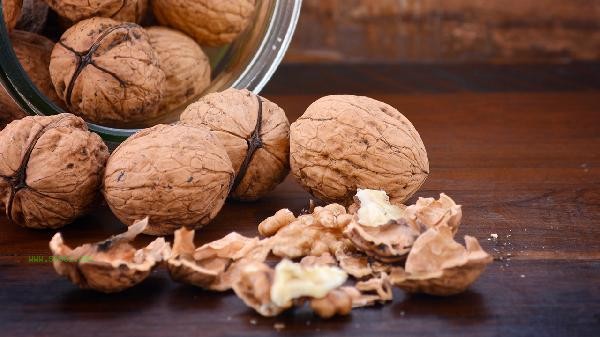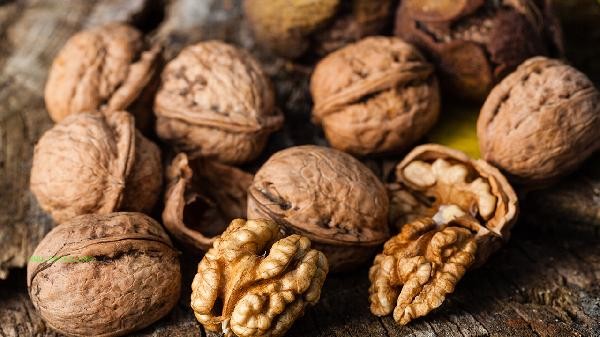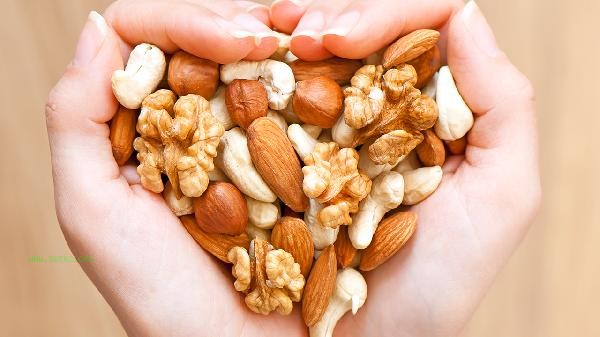The inability to peel walnuts is usually related to the hardness, maturity, or variety characteristics of the shell. There are mainly reasons such as excessive thickness of the shell, incomplete maturity, variety differences, improper storage, and improper peeling tools.

1. Thick Shell
Some walnut varieties have naturally thick and hard shells, such as wild varieties like iron walnuts, which have a high degree of lignification and are difficult to peel by hand. This type of walnut requires the use of professional tools or tapping techniques, and applying force along the suture line can increase the success rate.
2. Immature
Walnuts harvested too early have high internal moisture content, and the outer shell and inner membrane are tightly adhered. When the maturity is insufficient, the kernel shrinks insufficiently, making it difficult for the shell to separate completely. It is recommended to choose walnuts harvested after natural cracking of the skin.
III. Variety Differences
Improved varieties such as paper skinned walnuts have thin and brittle shells that are easy to peel, while traditional varieties such as mountain walnuts have dense shell structures. During the planting process, climate drought or poor soil conditions can exacerbate the thickening of the outer shell, affecting its peelability.

4. Improper storage
Storing in a humid environment can cause the shell to absorb moisture and become tough, while frozen storage may make the lignin structure more compact. The ideal storage conditions are in a cool and dry place. Fresh walnuts can be air dried until the moisture content is below 8% before peeling.
5. Improper shelling tool
Using ordinary pliers can easily crush the nuts, while specialized walnut clamps can accurately control the force. For stubborn walnuts, they can be steamed for 3 minutes to soften the lignin, or microwave heated for 20 seconds to use internal steam to expand the shell.

It is recommended to choose shelled products for daily consumption of walnuts to ensure convenience. If self handling, non slip gloves can be worn to avoid scratches. Walnut kernels are rich in unsaturated fatty acids and vitamin E. Consuming 10-15 grams per day is beneficial for cardiovascular and cerebrovascular health, but it is important to note that oxidized and spoiled walnuts can produce a rancid taste. After peeling, they should be consumed as soon as possible or sealed and refrigerated. Special populations such as young children or individuals with swallowing disorders should avoid consuming whole pills.








Comments (0)
Leave a Comment
No comments yet
Be the first to share your thoughts!